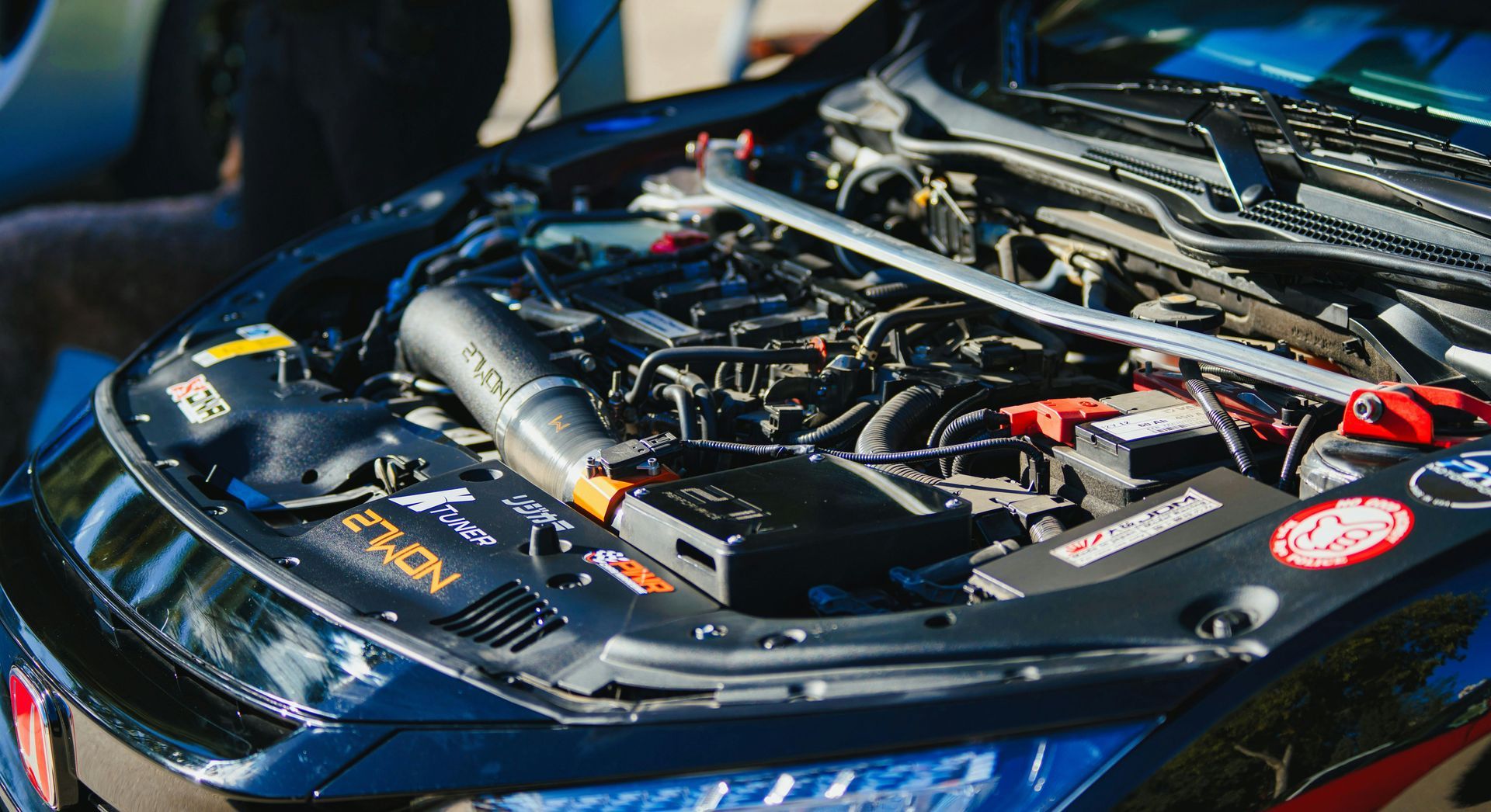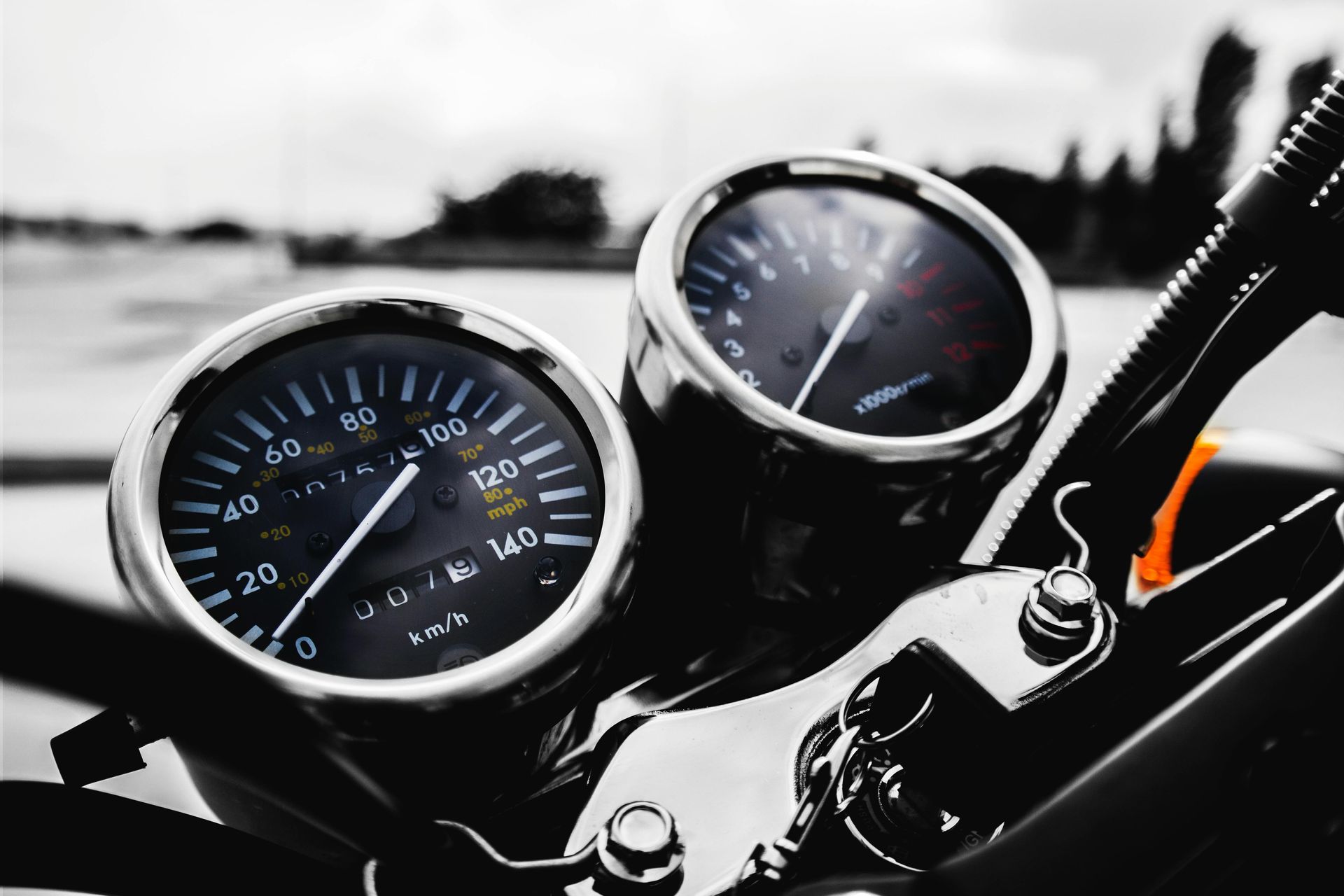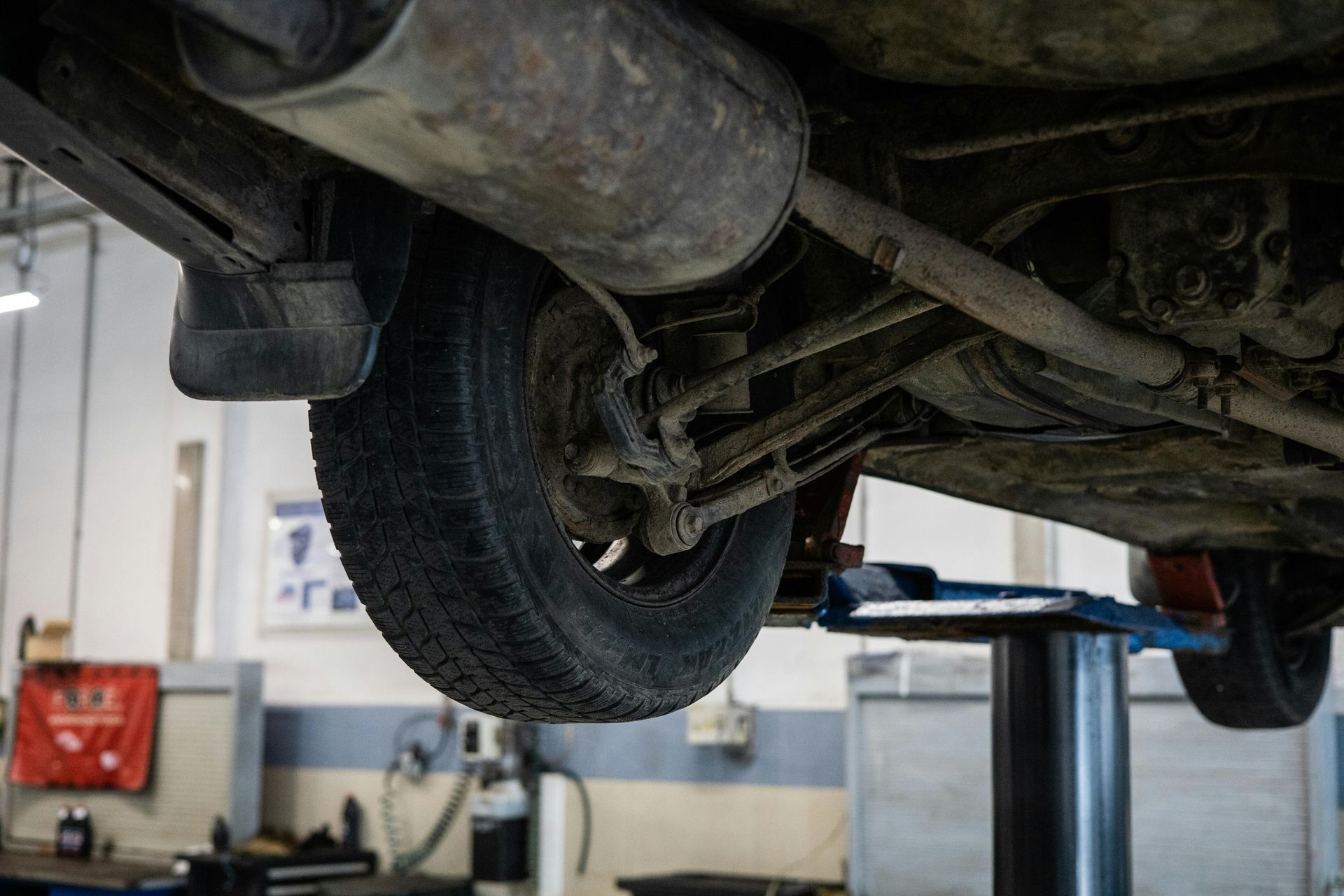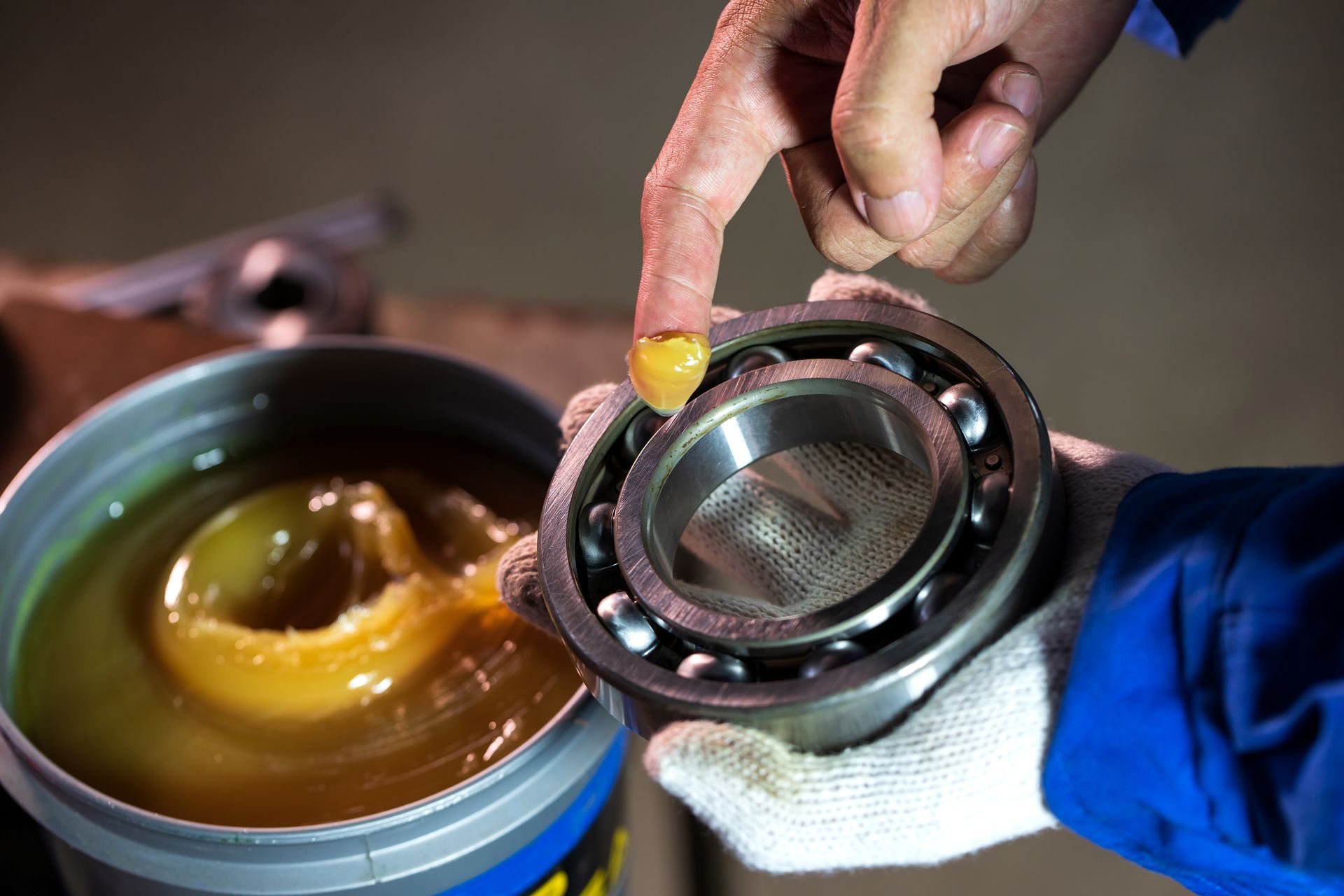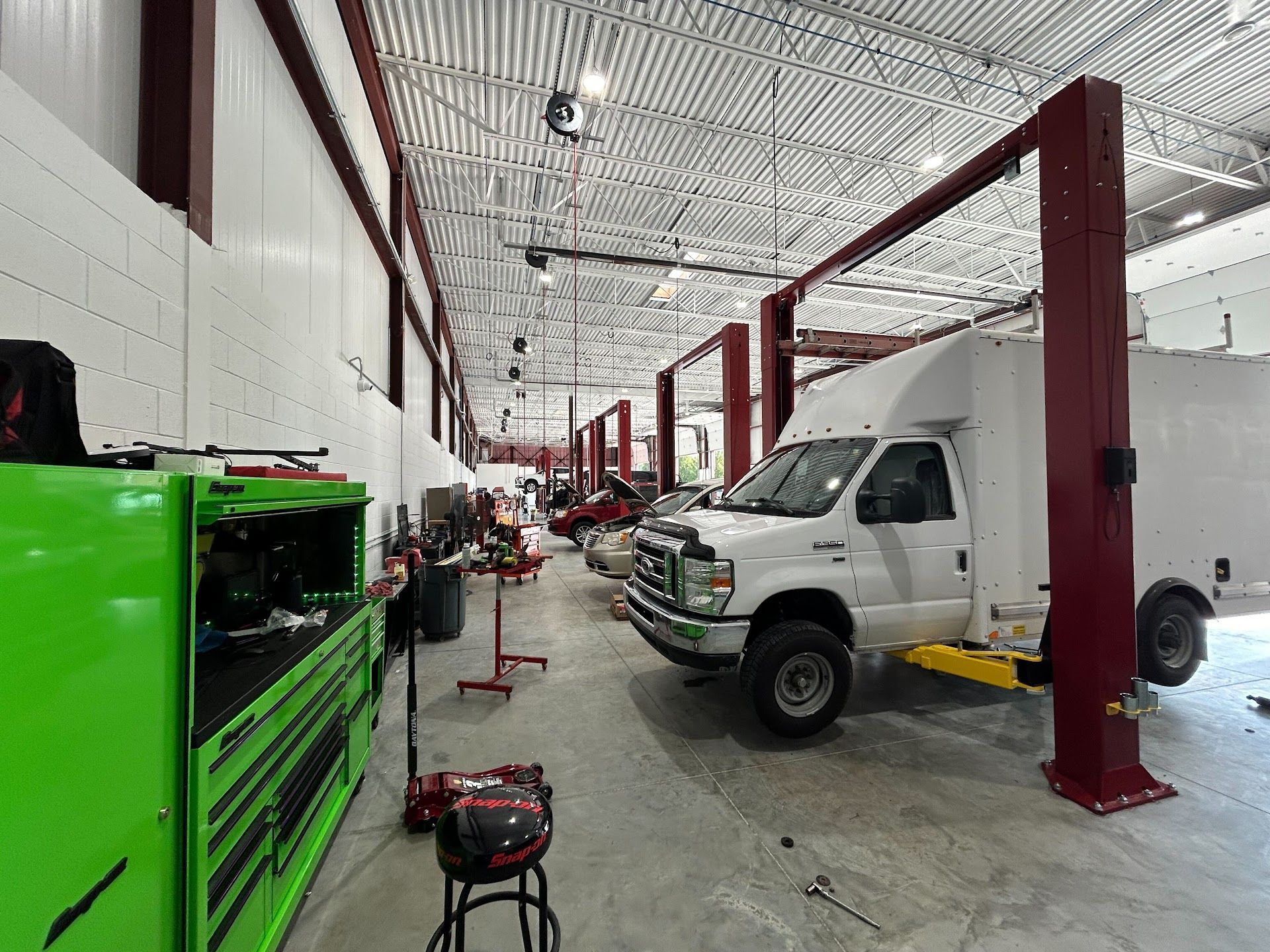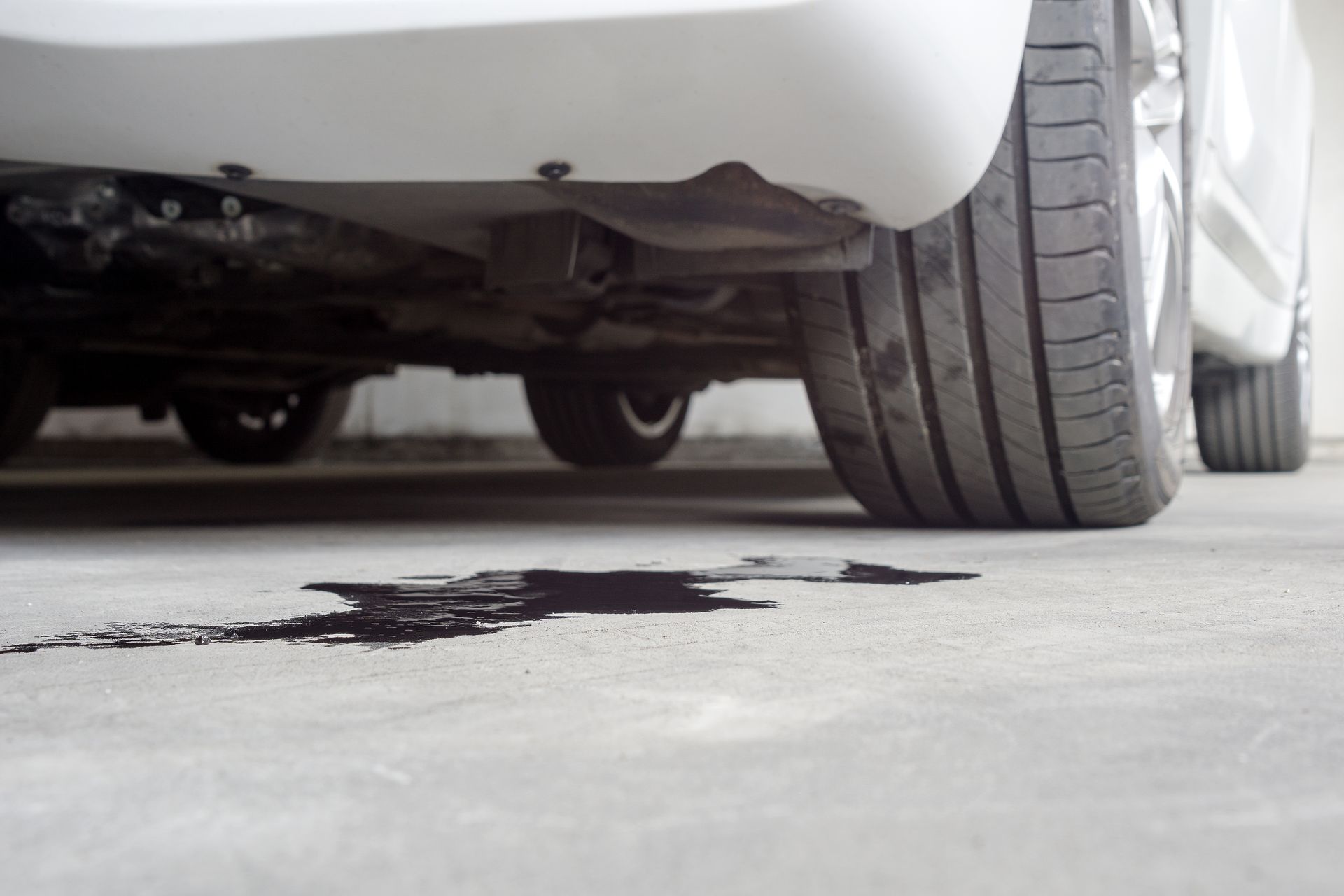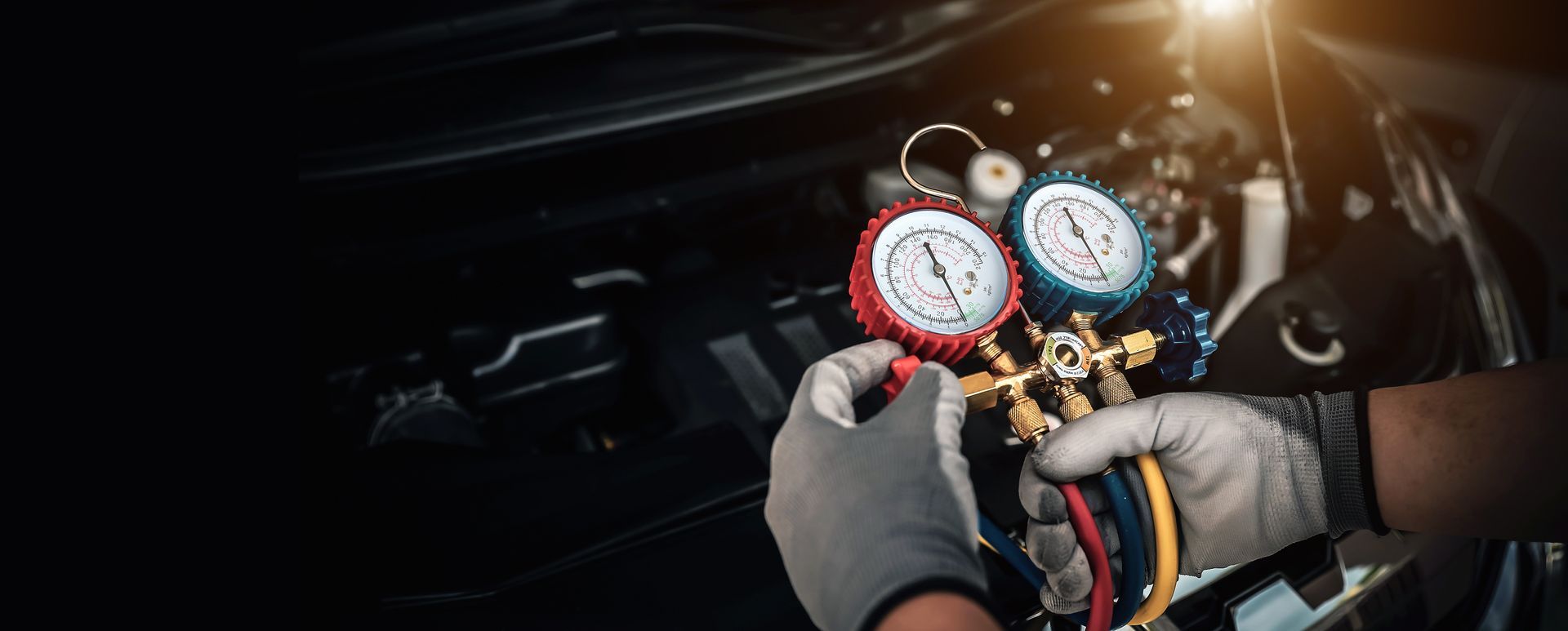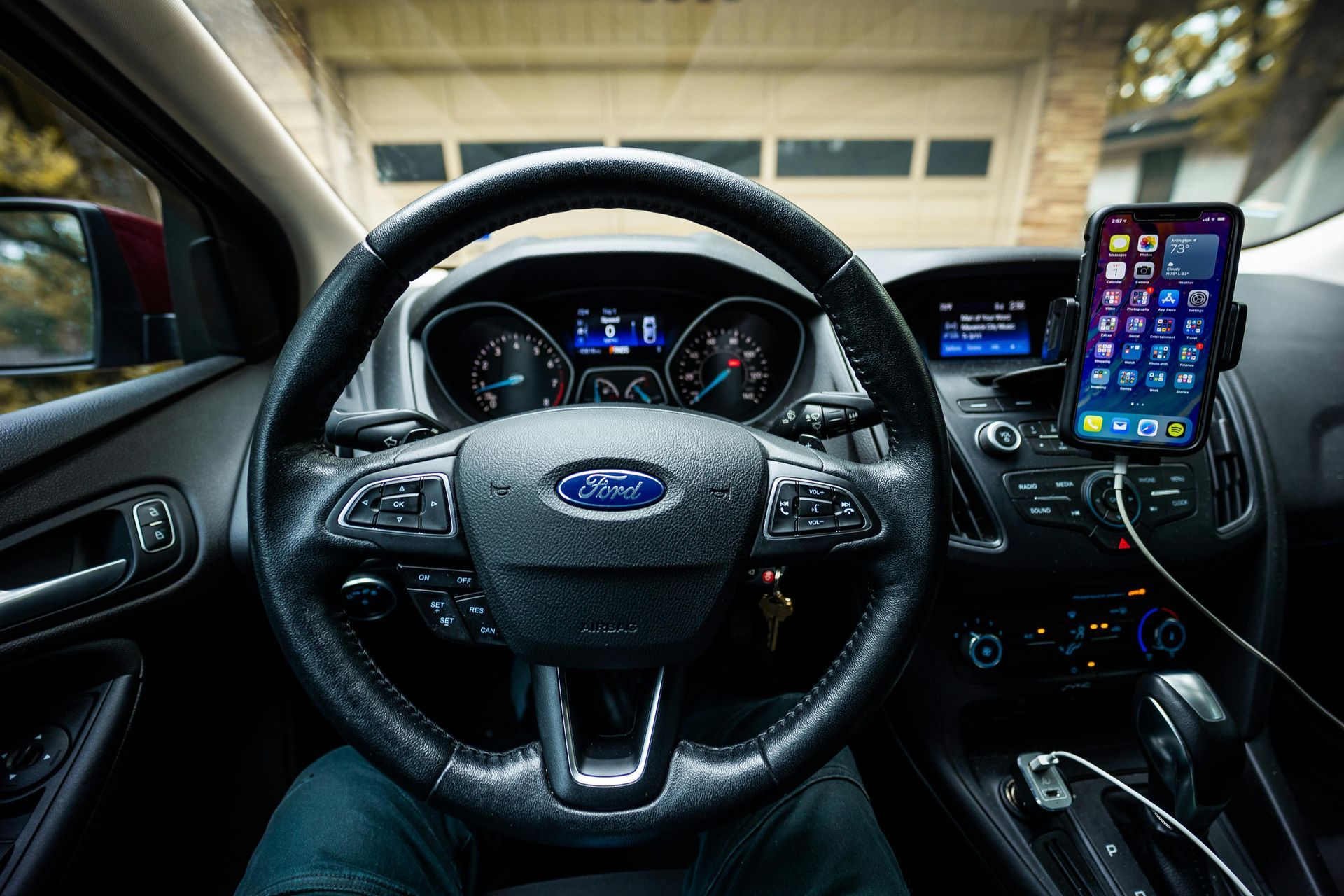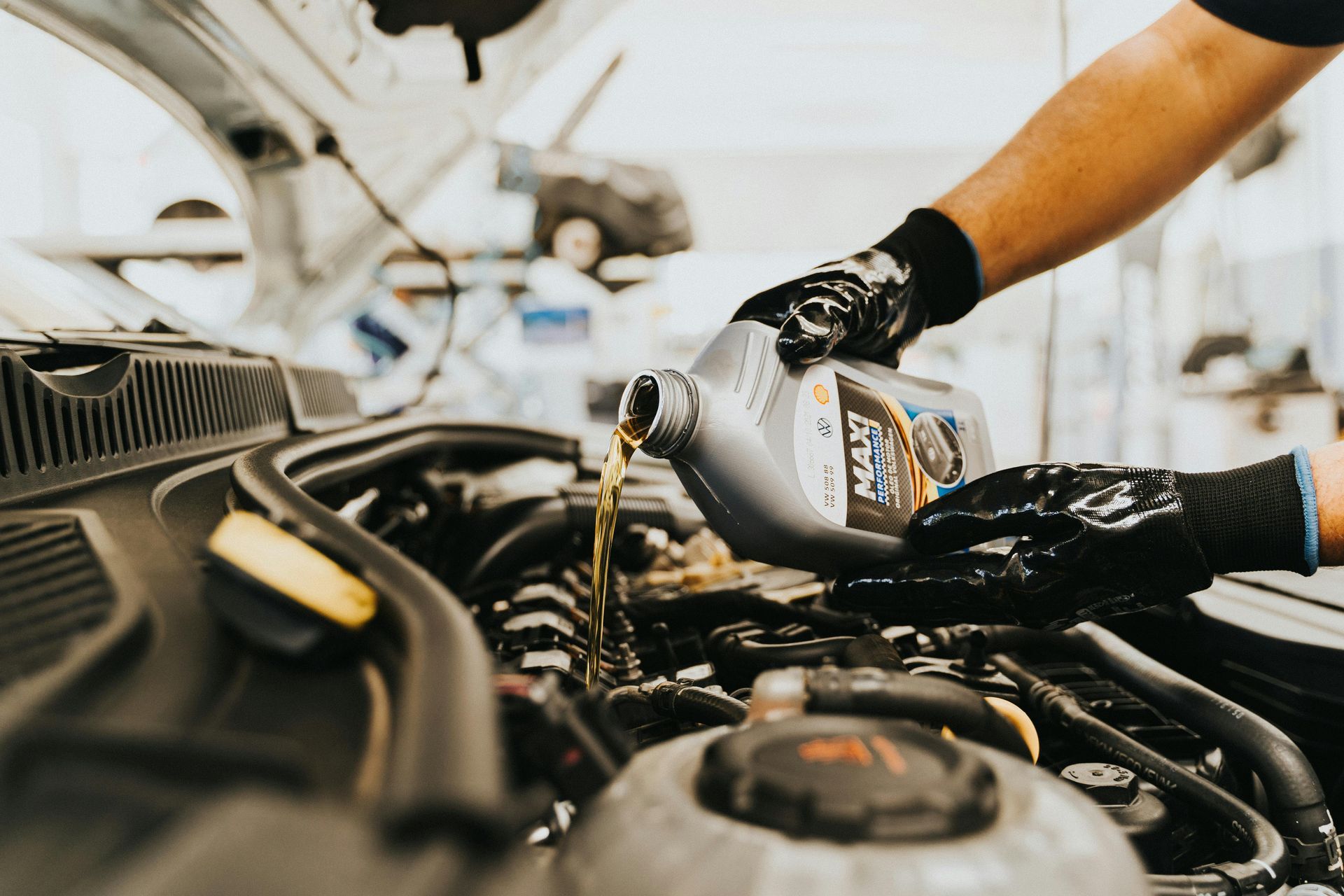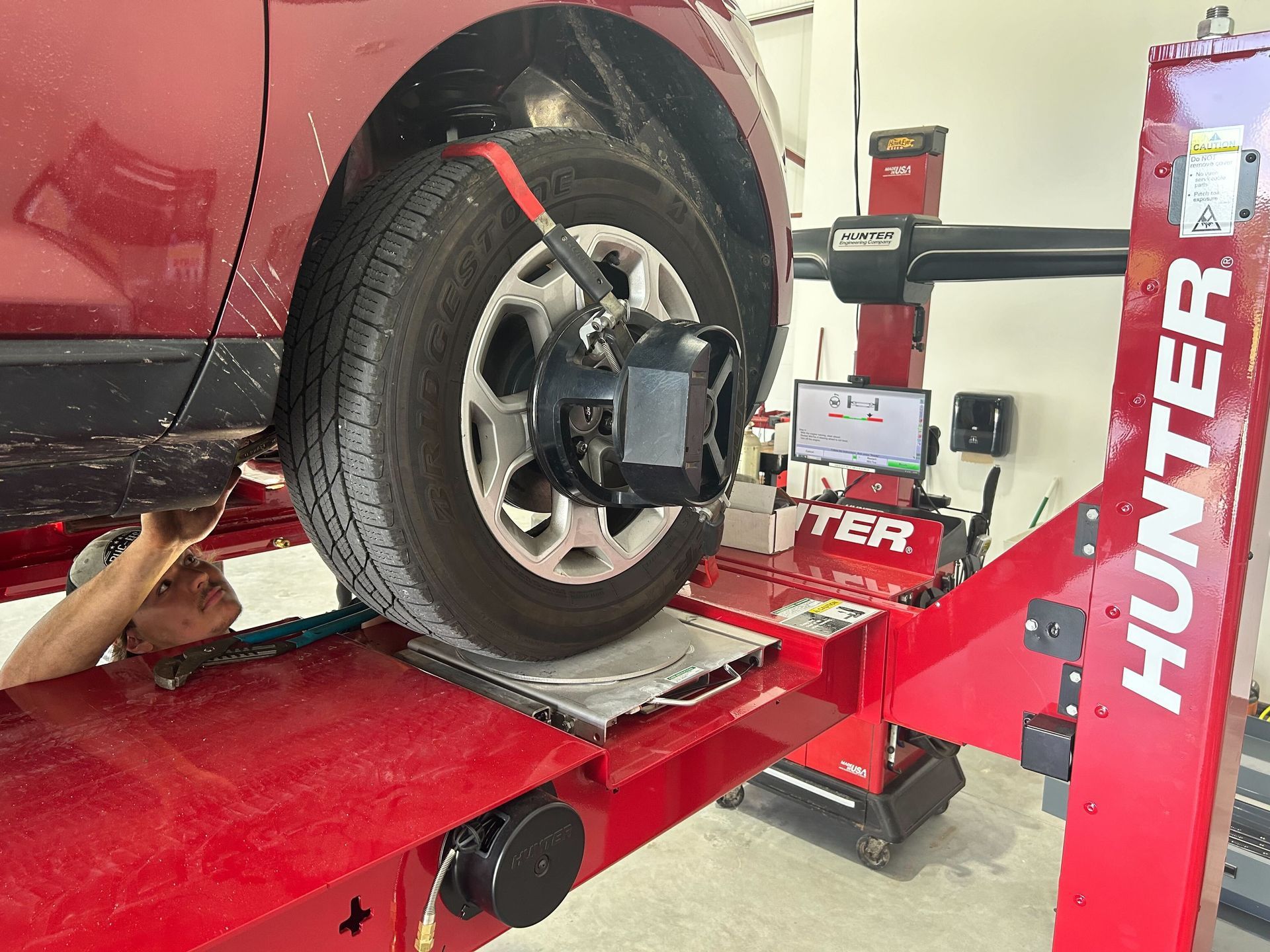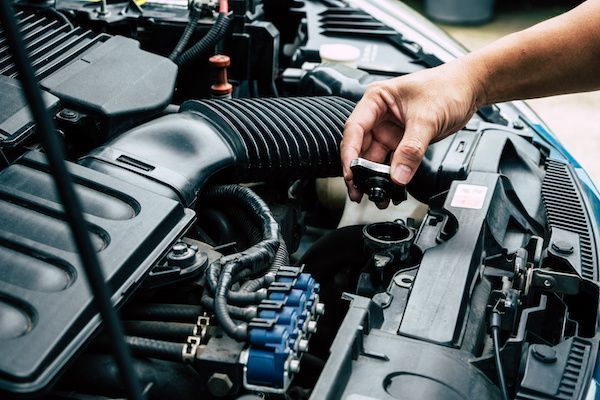"Neighbors Helping Neighbors" Car Repair Program! - Visit Page
Blog
FAMILY-OWNED AND OPERATED
IN IRA TOWNSHIP, MI
Our Shop
Our Shop
List of Services
-
Brake ServiceBrake Service
-
Engine Repair ServicesEngine Repair Services
-
Oil ChangeOil Change
-
Transmission ServicesTransmission Services
-
Timing BeltTiming Belt
-
Steering & Suspension ServicesSteering & Suspension Services
-
Radiator Repair & Cooling System ServicesRadiator Repair & Cooling System Services
-
Auto Air Conditioning Repair ServicesAuto Air Conditioning Repair Services
-
Wheel Alignment ServicesWheel Alignment Services
-
Alternator Repair & Replacement ServicesAlternator Repair & Replacement Services
-
Axle Repair & CV Joint ServicesAxle Repair & CV Joint Services
-
Carburetor ServicesCarburetor Services
-
Check Engine Light ServicesCheck Engine Light Services
-
Clutch Replacement & Repair ServicesClutch Replacement & Repair Services
-
Drivetrain Repair & Replacement ServicesDrivetrain Repair & Replacement Services
-
Auto Electrical Repair ServicesAuto Electrical Repair Services
-
Exhaust & Muffler RepairsExhaust & Muffler Repairs
-
Priority Fleet ServicesPriority Fleet Services
-
Fuel SystemFuel System
-
FlushesFlushes
-
Inspection & Diagnostic ServicesInspection & Diagnostic Services
-
Headlight Repair & ReplacementHeadlight Repair & Replacement
-
Speedometer Repair ServicesSpeedometer Repair Services
-
Pre-Purchase Car Inspection ServicesPre-Purchase Car Inspection Services
-
Tire ServicesTire Services
-
Car Tune Up ServicesCar Tune Up Services
-
Classic Car Repair ServicesClassic Car Repair Services
-
100,000 Mile Service & Maintenance100,000 Mile Service & Maintenance
List of Services
-
Brake ServiceBrake Service
-
Engine Repair ServicesEngine Repair Services
-
Oil ChangeOil Change
-
Transmission ServicesTransmission Services
-
Timing BeltTiming Belt
-
Steering & Suspension ServicesSteering & Suspension Services
-
Radiator Repair & Cooling System ServicesRadiator Repair & Cooling System Services
-
Auto Air Conditioning Repair ServicesAuto Air Conditioning Repair Services
-
Wheel Alignment ServicesWheel Alignment Services
-
Alternator Repair & Replacement ServicesAlternator Repair & Replacement Services
-
Axle Repair & CV Joint ServicesAxle Repair & CV Joint Services
-
Carburetor ServicesCarburetor Services
-
Check Engine Light ServicesCheck Engine Light Services
-
Clutch Replacement & Repair ServicesClutch Replacement & Repair Services
-
Drivetrain Repair & Replacement ServicesDrivetrain Repair & Replacement Services
-
Auto Electrical Repair ServicesAuto Electrical Repair Services
-
Exhaust & Muffler RepairsExhaust & Muffler Repairs
-
Priority Fleet ServicesPriority Fleet Services
-
Fuel SystemFuel System
-
FlushesFlushes
-
Inspection & Diagnostic ServicesInspection & Diagnostic Services
-
Headlight Repair & ReplacementHeadlight Repair & Replacement
-
Speedometer Repair ServicesSpeedometer Repair Services
-
Pre-Purchase Car Inspection ServicesPre-Purchase Car Inspection Services
-
Tire ServicesTire Services
-
Car Tune Up ServicesCar Tune Up Services
-
Classic Car Repair ServicesClassic Car Repair Services
-
100,000 Mile Service & Maintenance100,000 Mile Service & Maintenance



